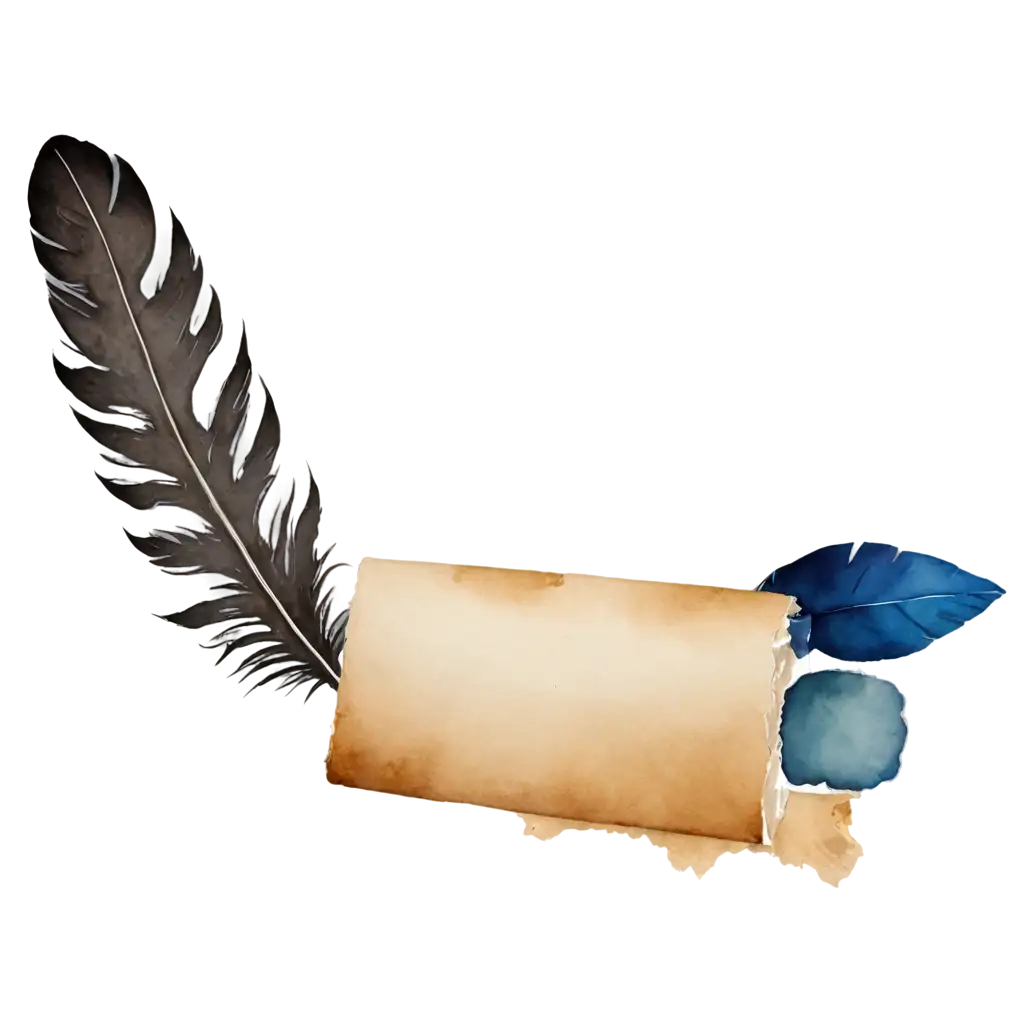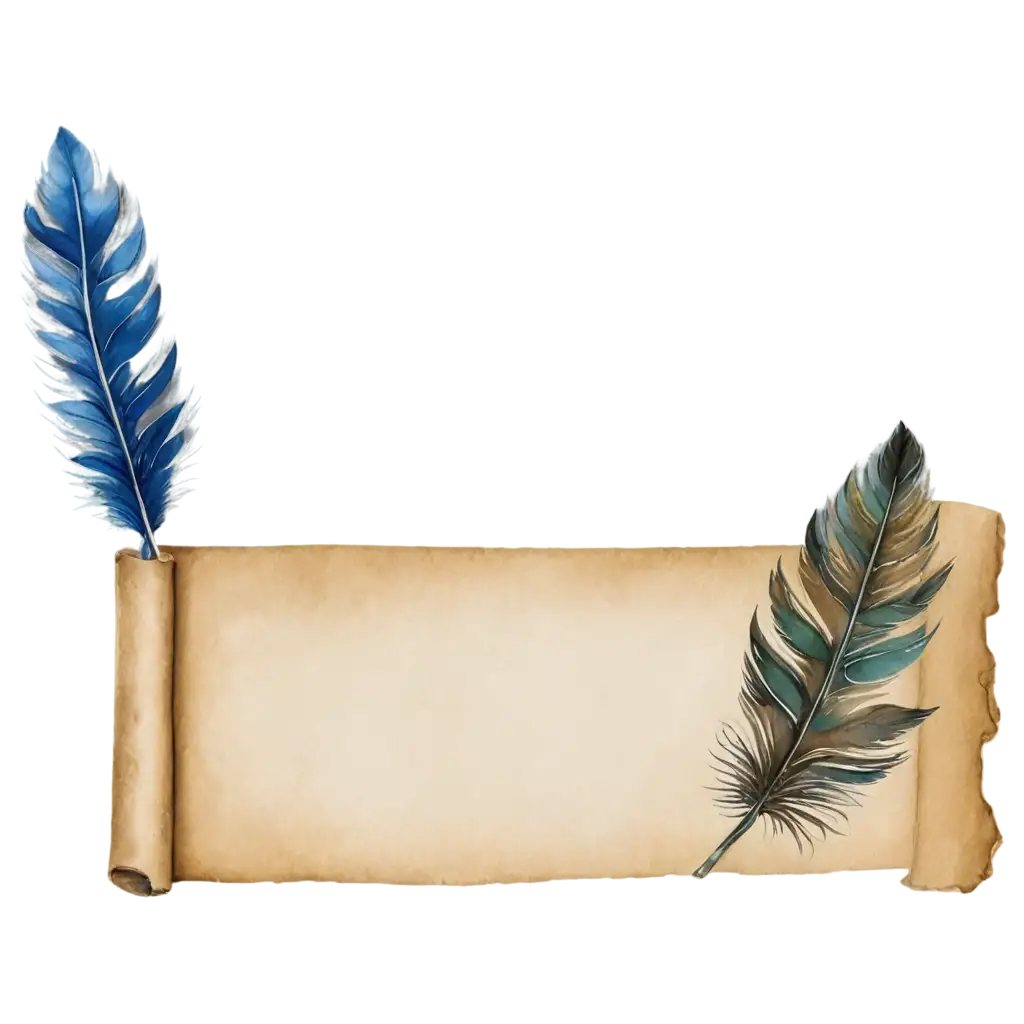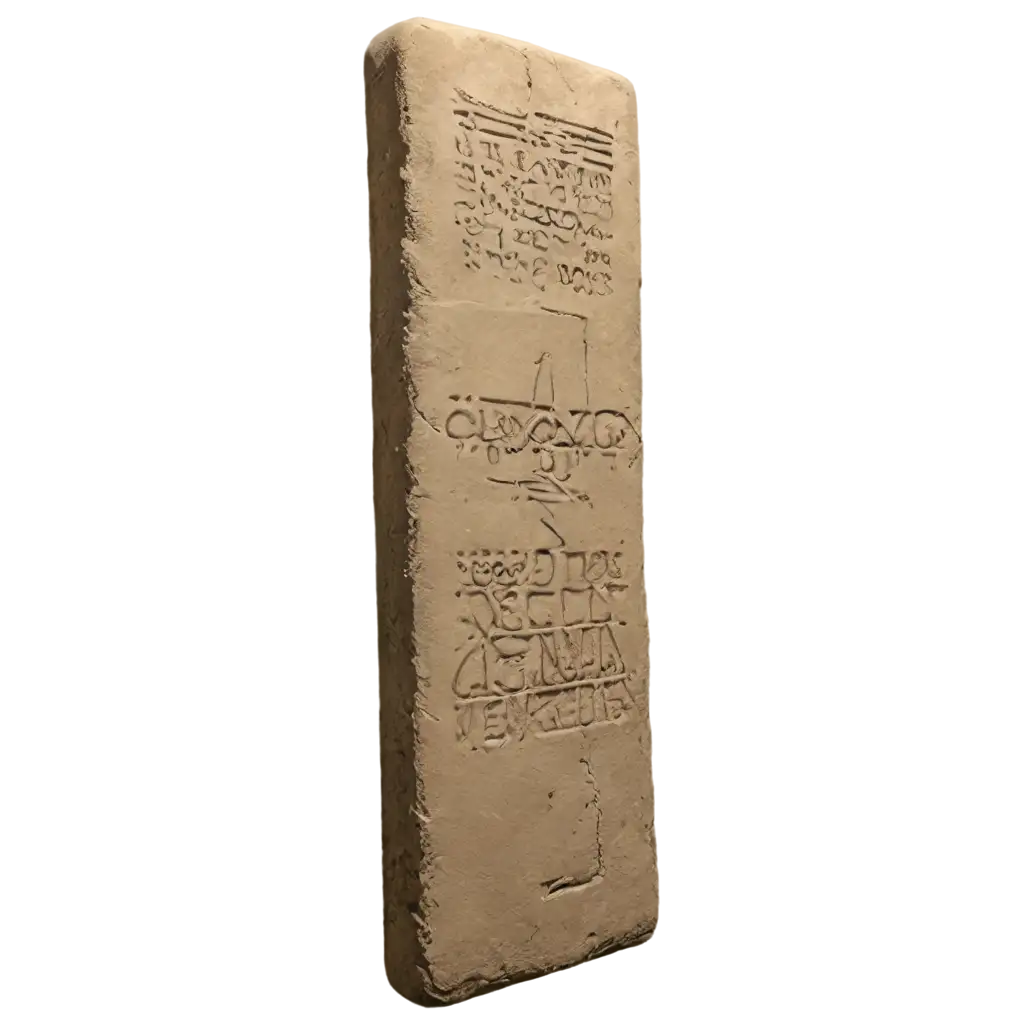4 Free ancient writing transparent PNG images
Explore our captivating collection of Ancient Writing images, featuring 4 free AI-generated visuals. Dive into a diverse array of stock photos, 3D objects, vectors, and illustrations that bring the mysteries of ancient scripts to life. Enjoy high-resolution downloads and utilize our innovative 'open in editor' feature to customize prompts and recreate your ideal ancient writing scene.




Ancient writing systems represent the foundation of human communication and record-keeping. These systems evolved from simple pictographs to complex alphabets over thousands of years. The earliest known writing systems include Sumerian cuneiform (c. 3200 BCE) and Egyptian hieroglyphs (c. 3200 BCE). These were followed by various scripts such as Chinese oracle bone script, Mesopotamian cuneiforms, and Mesoamerican writing systems. The development of alphabetic systems, like the Phoenician alphabet (c. 1050 BCE), marked a significant shift in writing technology, influencing many modern writing systems including Greek, Latin, and Cyrillic alphabets.
Ancient Writing Systems: From Pictographs to Alphabets
Deciphering ancient scripts has been a fascinating challenge for linguists and archaeologists. The process often involves comparing unknown scripts with known languages, analyzing patterns, and using contextual clues from archaeological findings. Notable breakthroughs include the decipherment of Egyptian hieroglyphs using the Rosetta Stone by Jean-François Champollion in 1822, and the decoding of Mayan glyphs by Yuri Knorozov in the mid-20th century. However, some ancient scripts, like the Indus Valley script and the Phaistos Disc, remain undeciphered, continuing to puzzle researchers and fuel ongoing studies in the field of ancient linguistics.
Decoding Ancient Scripts: Challenges and Breakthroughs
The tools and materials used in ancient writing varied widely across cultures and time periods. In Mesopotamia, scribes used reed styluses to impress cuneiform characters onto soft clay tablets. Egyptians developed papyrus, a paper-like material made from reeds, and used reed pens and ink for writing. In other parts of the world, materials like animal skins (parchment), bamboo strips, and palm leaves were common writing surfaces. The Chinese developed sophisticated writing tools including brush pens and ink sticks made from pine soot and animal glue. Understanding these tools and materials provides valuable insights into the technological and cultural contexts of ancient civilizations.
Ancient Writing Tools and Materials
Ancient writing systems continue to fascinate and influence modern culture. They appear in various forms of art, literature, and popular media. Ancient scripts are often used in logo designs, tattoos, and decorative arts to evoke a sense of mystery, wisdom, or exoticism. In literature and film, ancient writings frequently serve as plot devices, such as in Dan Brown's 'The Da Vinci Code' or the Indiana Jones film series. Academic fields like paleography and epigraphy continue to study ancient scripts, contributing to our understanding of human history and cultural evolution. The enduring intrigue of ancient writing systems demonstrates their significance in shaping human communication and cultural identity throughout history.
The Legacy of Ancient Writing in Modern Culture